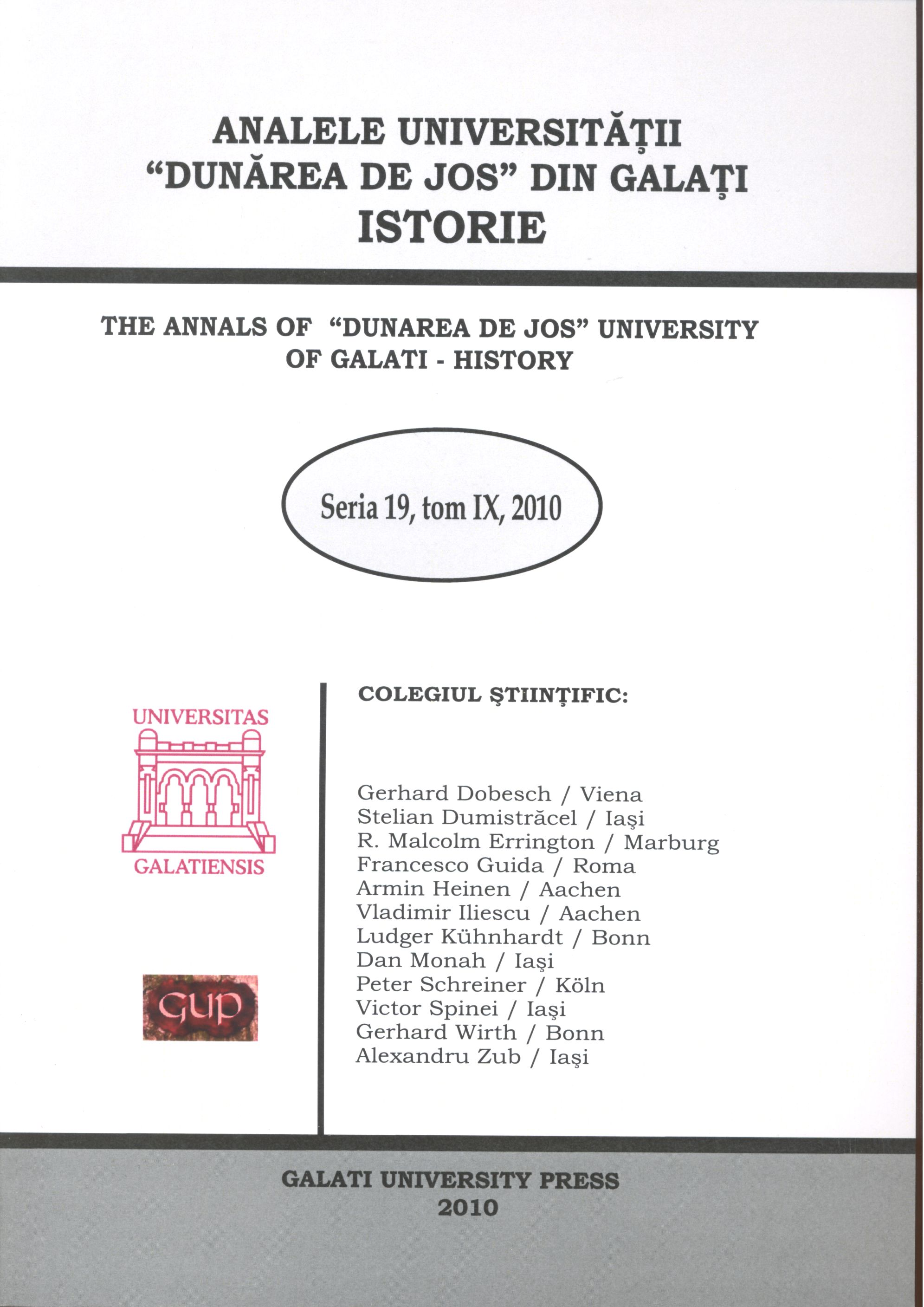Femeile în viața religioasă a Romei între secolele VI-I a.Chr.
Women in the Religious Life of Rome between the 5th and the 1st Centuries B.C.
Author(s): Andreea BarboşSubject(s): History
Published by: Galaţi University Press
Keywords: Vesta; Ceres; Minucia; Bona Dea; Bacchus; Pontifex Maximus
Summary/Abstract: Just as in the case of any other ancient society, religious life always conveyed equilibrium to the public life of Rome and the future of the city depending on it. The women held a very important role in this respect, several cults, ceremonies and festivals being particularly ascribed to them. The priestesses of the goddess Ceres and, later on, those of Proserpina, enjoyed a special prestige within the Roman society. The grain crops and, therefore, the alimentary security depended on the proper performance of the specific rituals pertaining to these goddesses. The Vestals, along with the Flamines, were full time clergies, being permanently occupied with the maintenance of the sacred fire. The Roman religious policy stressed upon the chastity of the Vestals, in particular, and of the matrons, in general. Any misfortune incurred to the City was consequently followed by the trial and, possibly, by the condemnation of a Vestal. The well-being of Rome depended not only on the chastity of the Vestals; also the performance of the cults not recognized by the Roman authorities was likely to influence it. This is clearly evinced by what happened in the 2nd century B.C., when, according to the records of Livy, thousands of people, most of them women, were awarded the capital punishment as a result of their involvement in the question of the Bacchantes.
Journal: Analele Universităţii Dunărea de Jos din Galaţi. Seria Istorie
- Issue Year: 2010
- Issue No: 09
- Page Range: 11-26
- Page Count: 16
- Language: Romanian

